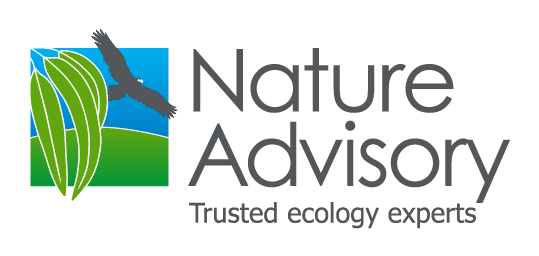
17 Nov New Brolga Assessment and Mitigation Standards for Wind Farms out for public consultation
After several years’ incubation, the Draft Victorian Brolga assessment and mitigation standards for wind energy facility permit applications have finally hatched and have been placed on public exhibition until 18th December 2020.
The new Guidelines aim to provide standards for protecting the FFG Act listed Brolga and its habitat while planning for more wind farms in Victoria to meet the Victorian Government’s renewable energy target of 50% of Victoria’s energy to be generated by renewable facilities by 2030.
The standards briefly explain how wind farms might affect Brolgas. They then set out mitigation measures that determine where wind farm infrastructure (not just turbines) can be located. As Brolgas have two distinct periods in their annual cycle: a breeding season (dispersed pairs in smaller seasonal wetlands) and a flocking season (concentrated numbers in larger, usually permanent, wetlands); specific measures are provided for both periods.
The standards will become an incorporated document in Victorian Planning Schemes, referenced in proposed amendments to Clause 52.32 (Wind Energy Facility). This gives the standards legal status and they must be followed for any wind farm permit application in the Brolga’s range in Victoria.
The standards start by requiring five steps, briefly described below:
Step 1: Identify the wind farm ‘assessment area’. This is the wind farm site plus a five-kilometre zone around it.
Step 2: Determine if the project’s assessment area is within the ‘Brolga area of interest’, mapped in the draft guidelines as the Brolga’s range in Victoria.
Step 3: Determine if the wind farm site is within the ‘Brolga no-go flocking areas’ (mapped in the draft standards), in which no wind farm can be built– to protect Brolga flocking activity and habitats.
Step 4: Identify if there are ‘suitable breeding wetlands’ within the assessment area. The guidelines provide clear guidance on what these are. They include seasonal and permanent wetlands for which there are confirmed Brolga breeding records, as well as seasonal wetlands that hold water for at least three months, whether Brolgas have been recorded breeding there or not. Guidance is also provided on how wetlands and wetland boundaries can be altered from the state government’s wetland mapping and the evidence required to do so.
Step 5: Outcome and next steps. If none of the foregoing apply then an application that meets the ‘information requirements’ in the standards must be submitted. If one does then either the next step must be taken or mitigation measures applied in accordance with the standards.
The standards then describe how to mitigate impacts by designing site-specific ‘breeding habitat buffers’ for suitable breeding wetlands. Isolated wetlands must be buffered by at least 900 metres (including a 600-metre non-wetland habitat zone and a 300-metre disturbance buffer). Groups of wetlands that can be used by a pair with young (i.e. seasonal wetlands within two kilometres of one another) and the movement zones between them must be buffered by 900m metres.
The standards also set out the ‘information requirements’ for a wind farm permit application in relation to the Brolga that must be met for any application within and up to five kilometres of the Brolga area of interest.
Major changes compared with the previous Interim Brolga Guidelines are:
- Specification of Brolga no-go flocking areas
- Identification of Brolga breeding wetlands (including suitable wetlands without previous breeding records)
- New breeding habitat buffer standards
- Exclusion of all wind farm infrastructure within the breeding habitat buffers
- New landholder records must be submitted to the VBA or Birdata and validated through time-stamped photographs or video footage
- Collision risk modelling and compensation plans are no longer required
Transitional arrangements will be in place from the date of gazettal (approval) of the planning scheme amendment for wind farm permit applications lodged before and one year after gazettal and to permit amendment applications if the original application was lodged before or one year after that date or the original permit application was one that benefited from this transitional provision.
Our team of experienced wind farm impact specialists can help you understand the implications of the draft standards for your project and explain how (if approved) they might affect the planning, design and assessment of your project. For more information please visit our wind energy, services and team pages.
For more information on the Standards and how they could affect your project, contact: Brett Lane, Inga Kulik, or Bernard O’Callaghan.
To obtain copies of the draft Clause 52.32 amendments and the standards, as well as a fact sheet and explanatory document, go to Engage Victoria:
https://engage.vic.gov.au/draft-brolga-assessment-and-mitigation-standards.
Submissions (and requests for alternative format versions of the draft standards) should be directed to brolgawind.standardsreview@delwp.vic.gov.au.
